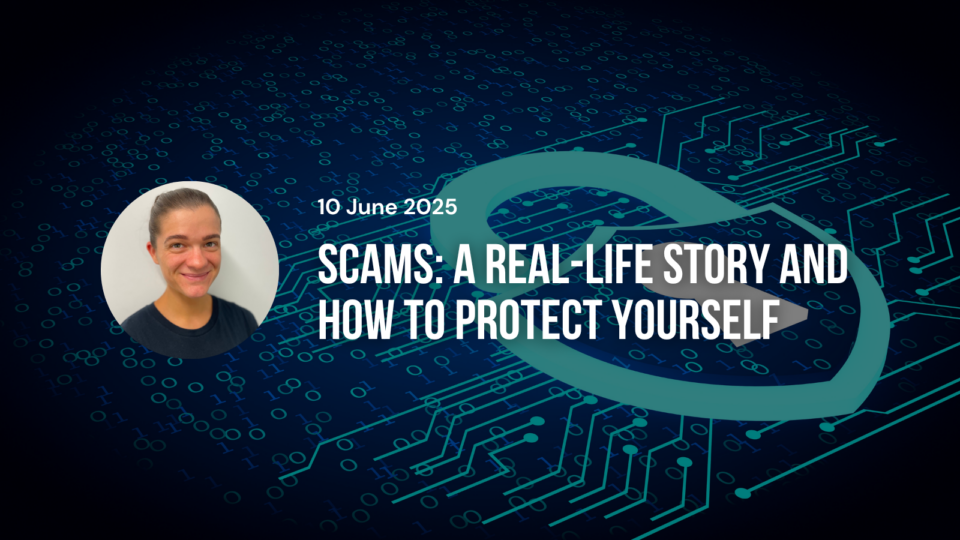

By Leigh Gant, ASA Education Manager
19 April 2022
In two weeks’ time Warren Buffett will take the stage again at Berkshire Hathaway’s annual meeting to answer shareholder questions and teach the wisdom he has gained over a lifetime of investing to anyone who will listen.
The Oracle of Omaha will (hopefully) also celebrate his 92nd birthday this year, which will mark his approximate 81st year of investing.
At 11-years-old, Warren bought his first stock, Cities Service. He purchased six shares — three shares for himself, three for his sister, Doris — at a cost of US$38 per share. The company fell to US$27, but shortly climbed back to $40. Warren and Doris sold their stock. Almost immediately, it surged up to more than $200 per share. Buffett learned his first lesson in behavioural finance, and it is one he continues to teach today: it pays to be patient.
“The stock market is a device for transferring money from the impatient to the patient.”
Being patient is simple, not easy. Patience often involves staying calm in situations where you lack control. Looking back at Buffett’s eight decades of investing, he has persisted through events and market crashes that created incredible uncertainty.
Indeed, based on various headlines surrounding these events, they were often thought to be the end of the world:
● 1941: Buffett bought his first stock the year America formally entered World War II, a time when the future was incredibly uncertain;
● 1950: North Korea invaded South Korea, initiating a large-scale war, and, subsequently, the Dow Jones lost 14.8% in a month;
● 1960-63: At the height of the Cold War, a U-2 spy plane was shot down (1960), the Bay of Pigs fiasco (1961), and the Cuban Missile Crisis (1962), and the assassination of US President John F. Kennedy;
● 1970: The first tech stock crash came just after the first Earth Day – April 22, 1970. In the five weeks surrounding, many tech stocks lost up to 80%. The S&P 500 and the Dow each dropped 19% during that period;
● 1979-80: Iran took 54 US hostages and Russia invaded Afghanistan, whilst America was into “stagflation” at the start of the first double-dip recession;
● 1987: “Black Monday” saw the S&P 500 and Dow Jones Industrial Index both shed value in excess of 20% in a single day;
● 1990: Iraq invaded Kuwait in a shock that doubled the price of oil almost overnight and sent the Dow Jones index down 21.2% in less than three months. This came on top of a nearly 50% decline in Tokyo stocks in nine months;
● 2000: Society feared a bug called Y2K in which it was thought that a problem in the coding of computer systems would malfunction as the calendar shifted to the new century — Y2K, of course, never eventuated;
● 2001: Three jetliners hit the World Trade Center and the Pentagon out of a clear blue sky on Tuesday, September 11, 2001, closing stock markets and stopping all air traffic. War was declared and many western societies adjusted to a period of terror;
● 2008: After the collapse of Lehman Brothers on September 15, 2008, the stock market went into a tailspin the following week. The S&P 500 fell over 40% in 10 weeks;
● 2020: Some feared the rapid spread of a new coronavirus disease — later dubbed COVID-19 — would mark the end of human civilisation, at least as we knew it. Borders were shut, panic buying and social unrest kicked in, and doomsayers got in their caravans and took themselves far away from other people. The COVID-19 pandemic caused the Dow Jones to fall 37% in less than a month, the sharpest fall in history.
Throughout that time Buffett has been a net buyer of stocks, avoided panic selling and compounding his wealth incredibly. However, you don’t have to be Buffett to have done incredibly well. From 1965 to 2020, the average annual return for the S&P 500 was 10.2% (compared to Buffett’s Berkshire Hathaway growth rate of ~20%). Simply investing in the index in 1965 and patiently riding out the storm(s) till the beginning of 2021 would have turned US$10,000 into almost US$1.3 millon — without any contributions along the way.
In today’s world of no-fee online brokers, real-time alerts, and the 24/7 news cycle, investors can often feel lost, confused, and emotional. It’s easy to understand how having constant access to updates, quarterly results, account balances, opinions, and even memes can lead to detrimental investing behaviours like focusing on short-term volatility, selling or buying at the wrong time, or else abandoning a long-term strategic investment plan.
Remember, time is on your side. Take solace in the long history of capital markets. Historically, markets go up far more often and by a much greater margin than they go down over the long run. When the markets do go down, the plunge has proven to be temporary and to have looked like a good buying opportunity in hindsight.
The end of the world has yet to eventuate regardless of how awful events have been in the moment.
I’m a constant optimist in human potential, but the path is not linear – progress is punctured by episodic disruption. Purchasing a part ownership in quality businesses and patently holding onto them has been one of the best ways to benefit from the march of humankind plus build wealth over time.





